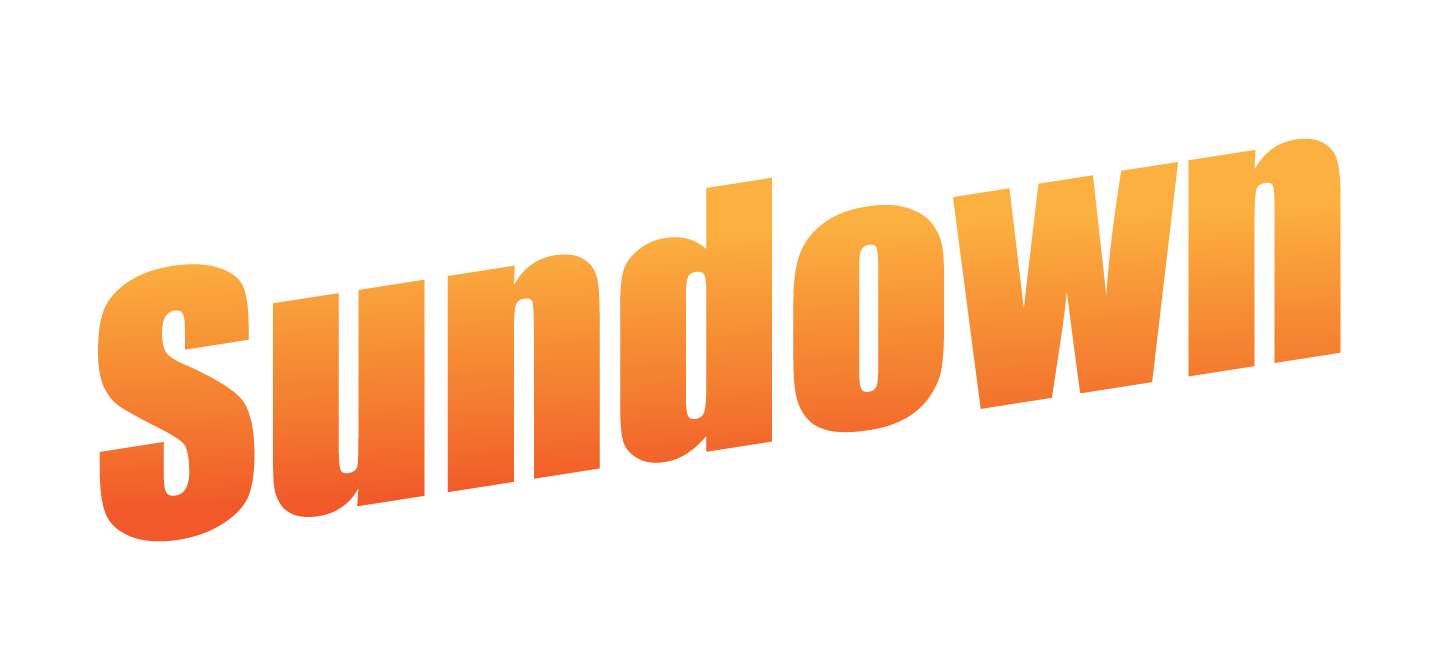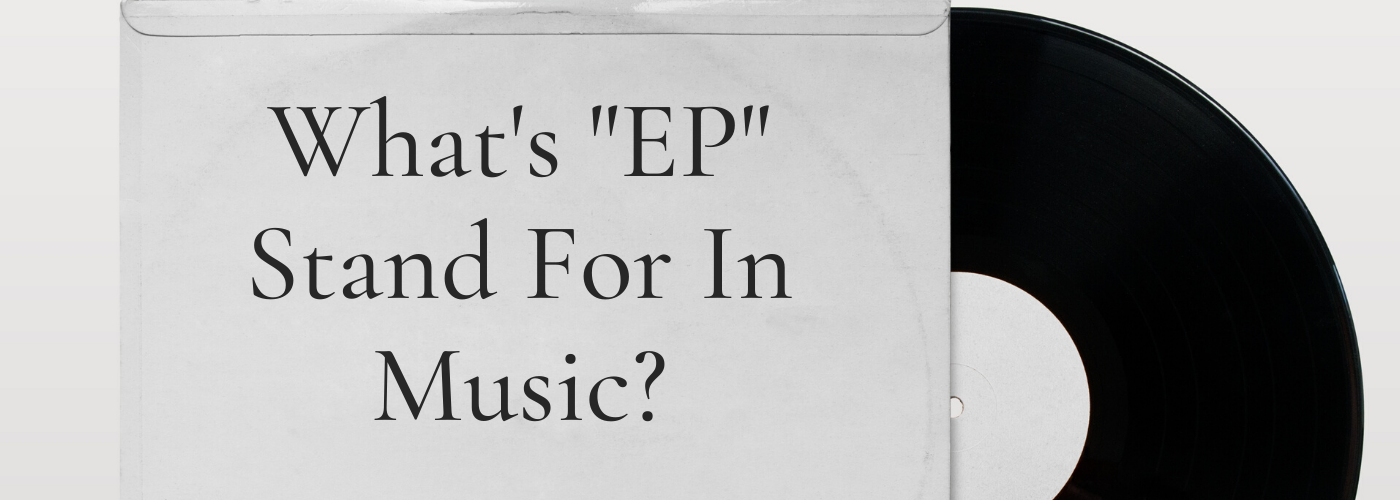
If you’ve worked in the music industry for any amount of time you’ve probably heard the term EP tossed around, but you might not be fully aware of what it stands for or why it’s important.
EPs are one of the most popular ways to release and consume music in the 21st century. This is largely because they can have many benefits to your career, beyond just getting your music out there.
YES!!! A new EP around the corner… Stay tuned! ????⠀
????????️????️????️????????????????????????????⌨️????????????⠀
Guess the EPs name: ????????+????️⠀
-⠀
-⠀
-⠀#tunes #new #ep #release #disco #house #music #beatport #spotify #label #stores #digital #producing… https://t.co/fKXqUJzrRY— Ronald KOON (@RonaldKOON) October 7, 2019
In this guide, we delve into the difference between EPs, LPs and Singles and talk about what those terms stand for. We’ll also look into the history of the EP specifically and how it got its name.
Finally, we’ll discuss how many songs you should have on your EP and the many ways this music format can benefit your career as an indie artist.
Single vs. EP vs. LP
There are three primary primary formats in which artists release music in the current industry. They are known as a single, an EP and an LP, each with their own meaning.

You probably already know what a single is, as the name is pretty self-explanatory. It’s a stand-alone song which can be released separate of other projects or in anticipation of a bigger, future release.
On the other side of the spectrum we have the term LP, often referred to as a “full length” album. It’s a big collection of songs, usually anywhere from eight songs and up. More often than not, this is what someone is referring to when describing “an album”.
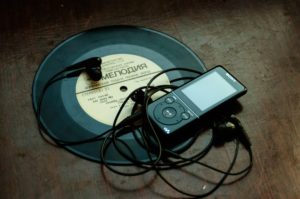
Finally an EP is the halfway point between a single and an LP. The meaning behind EP is a smaller collection of music. It’s not as many songs as an LP but it’s a bigger release than just a single.
LPs used to be the primary way people consumed music. However, with the rise in streaming, more artists are releasing singles and EPs to keep up with the need for consistent content.
History and Meaning of The Term “EP” in Music
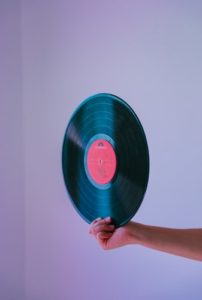
LP stands for “Long Play” and was the format of vinyl in which full length albums were recorded.
The meaning behind the terms “EP” and “LP” come from the days when music was released on vinyl.
LP was the primary format in which artists consumed albums. It’s 10-12” in diameter and stands for “Long Play.” This is pretty self explanatory when you figure that it was a longer playing form of vinyl than the smaller, 7” singles of the time.
EP stands for “Extended Play,” and it entered the music scene as a competitor to LPs. It’s narrower grooves allowed artists to fit about seven and a half minutes of music on each side of the 7” disc.
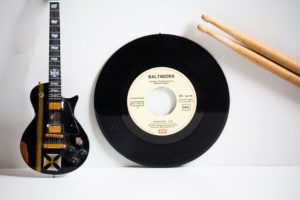
During the days of vinyl, EP stood for “Extended Play.” It was printed on discs the size of a single, but allowed artists to fit several songs on them.
Because of this, an EP could usually hold about four songs total and often served as compilations of singles and album samplers.
Though many artists released in this format, EPs didn’t fully take off until modern times. Nowadays, “EP” stands for a collection of music that isn’t large enough to merit being released as a full album.
Check out the video below for a more in depth look at what EP and LP stand for, as well as how to promote your music with them.
How Many Songs On An EP?
 Thanks to digital music, artists aren’t limited in how much music can fit on an EP anymore. However, the point of an EP is to be relatively short, so they’re still produced in this fashion.
Thanks to digital music, artists aren’t limited in how much music can fit on an EP anymore. However, the point of an EP is to be relatively short, so they’re still produced in this fashion.
Although there’s no rule stating how long an EP has to be, the general census seems to be that it contains four to six songs.
In terms of the length of time, usually around 20 – 25 minutes is a good maximum if you still want to consider your project an EP.
Why Record an EP? (5 Major Benefits)
Now that you understand what EP stands for, let’s delve into some of the primary reasons that you may want to release your music in this format.
1. You Have a Small Catalogue of Music
If you’re an indie artist that’s just starting out, you probably don’t have many songs ready for release. However, you still need to put out some kind of music in order to build a fan base, book shows and promote your music.
An EP is the perfect way to debut a short collection of music and introduce your style to new listeners and industry professionals.
2. It’s More Affordable Than an Album

Recording music can be an expensive process. So, if you’re just starting out, you may not have the necessary funds to record a full length album. This makes the EP an appealing option from a financial standpoint.
If you choose your best songs to release on an EP, it can make things affordable while still having the strength of an LP.
However, you shouldn’t let the financials be the only thing holding you back from recording a full length album. If this is the case, there are plenty of affordable options out there that will enable you to record a full length album at a low cost.
3. It’s Less Time Consuming
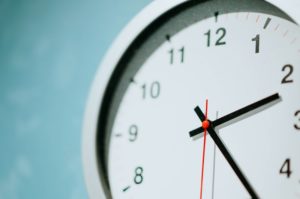
Many people don’t realize how long it takes to produce a full length album from start to finish. This could be months or even years and if you’re a new artist with no music out yet, you probably don’t have that kind of time.
Recording around four songs is a much more achievable goal if you’re on a time crunch to release content. It will also give your fans enough music to tide them over until you record and release your full length album.
4. To Hype a Future Release
Oftentimes, if an artist has an LP album coming out, they’ll still release some of the songs as an EP. They do this ahead of the albums release in order to build excitement around it.
It can also give you a larger listener base once the time comes to release your album. This is because new fans will discover your music from the EP and more people will be ready and waiting for your full length album.
5. Content Is King
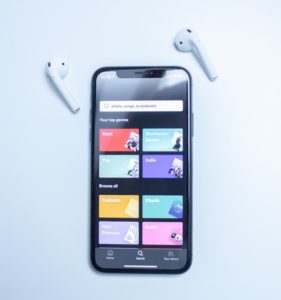
In the streaming age, music is consumed quicker than it used to be and fans have a short attention span. Because of this, releasing smaller content consistently is much better than dropping a full album all at once.
For this reason, many artists choose to release a bunch of singles and a couple EPs before dropping an LP.
The consistent flow of content keeps your listeners invested in you as an artist. It also gives them a reason to follow your social media and check in often to see what’s new.
Conclusion
The term “EP” stands for “extended play” and now refers to a collection of music larger than a single and smaller than a full length LP.
Although there is no rule set in stone, an EP usually has a minimum of four songs and a maximum of six. It also shouldn’t be much longer than 25 minutes at the most.
In recent years, EPs have gained popularity amongst indie artists for a number of reasons. They’re perfect for those with a small catalogue of music, while saving time and money.
On top of this, EPs are a great way to build excitement and keep fans invested in your music.
Ready To Record Your EP?
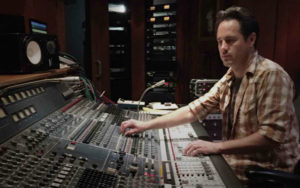
If you have a collection of songs that you’d like to release as an EP, Sundown Sessions online recording studio can help!
We’ve worked with hundreds of indie songwriters around the world, helping them record their music with world class, award winning sessions musicians and engineers.
Head over to our pricing and packages section to learn more about our services offered.
Once you have a great recording, be sure to check out the rest of the Sundown Sessions Blog for more tips on songwriting and music promotion.
If you enjoyed the tips in this guide, be sure to share it with your friends and subscribe to our email list to stay in the loop on future blog posts and studio news.
